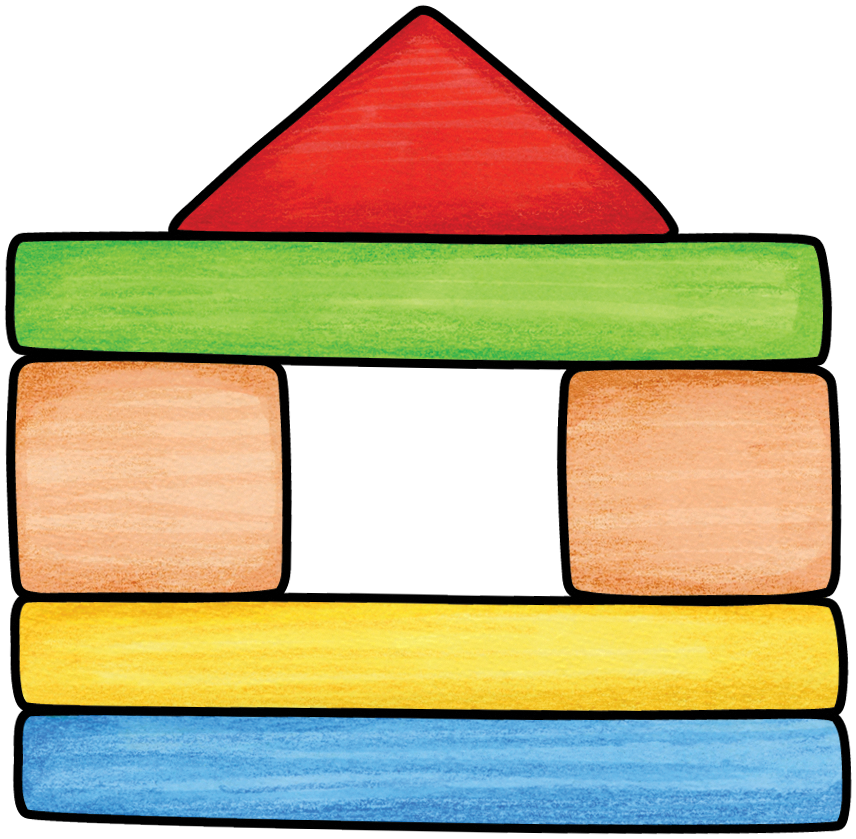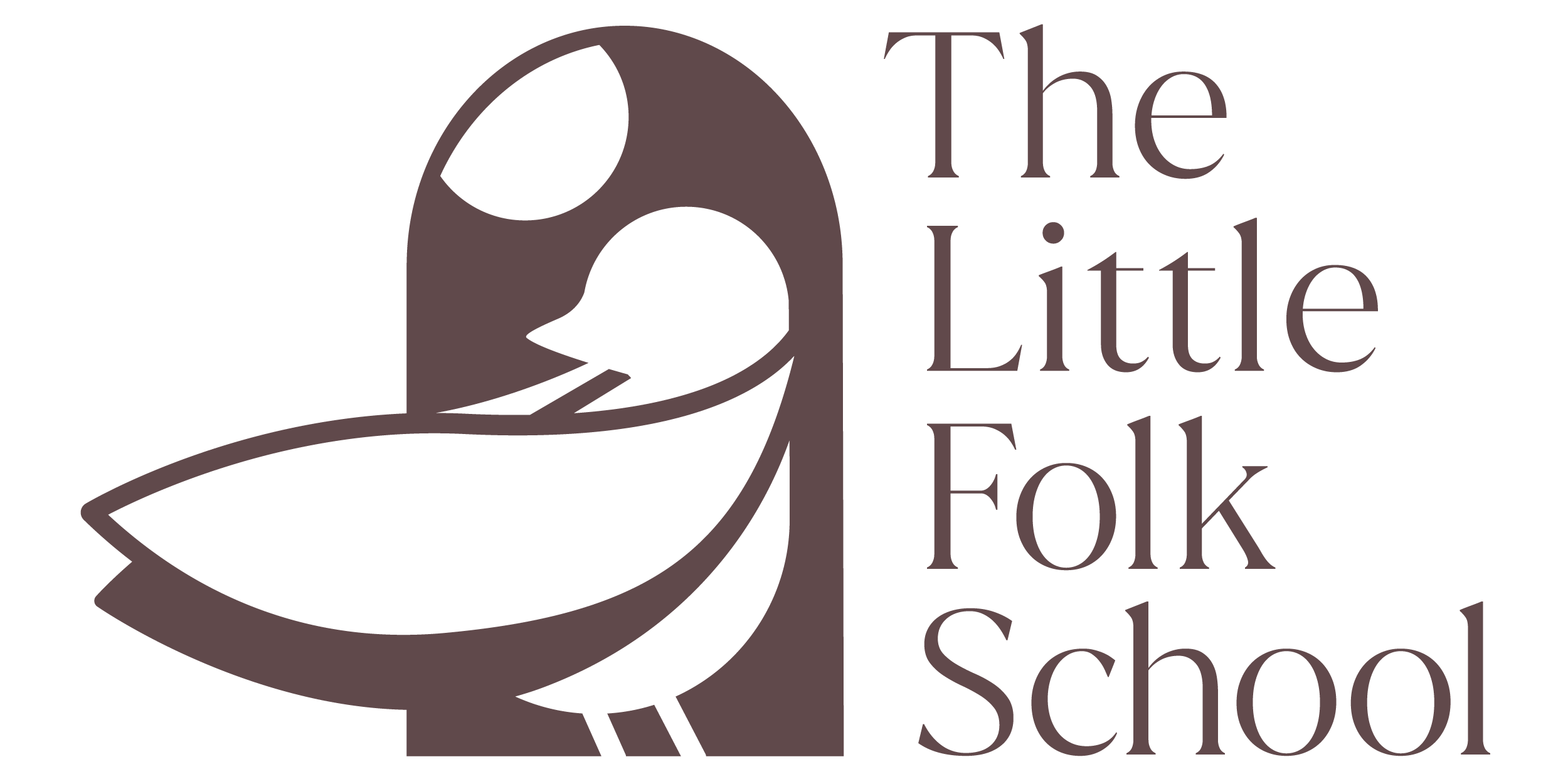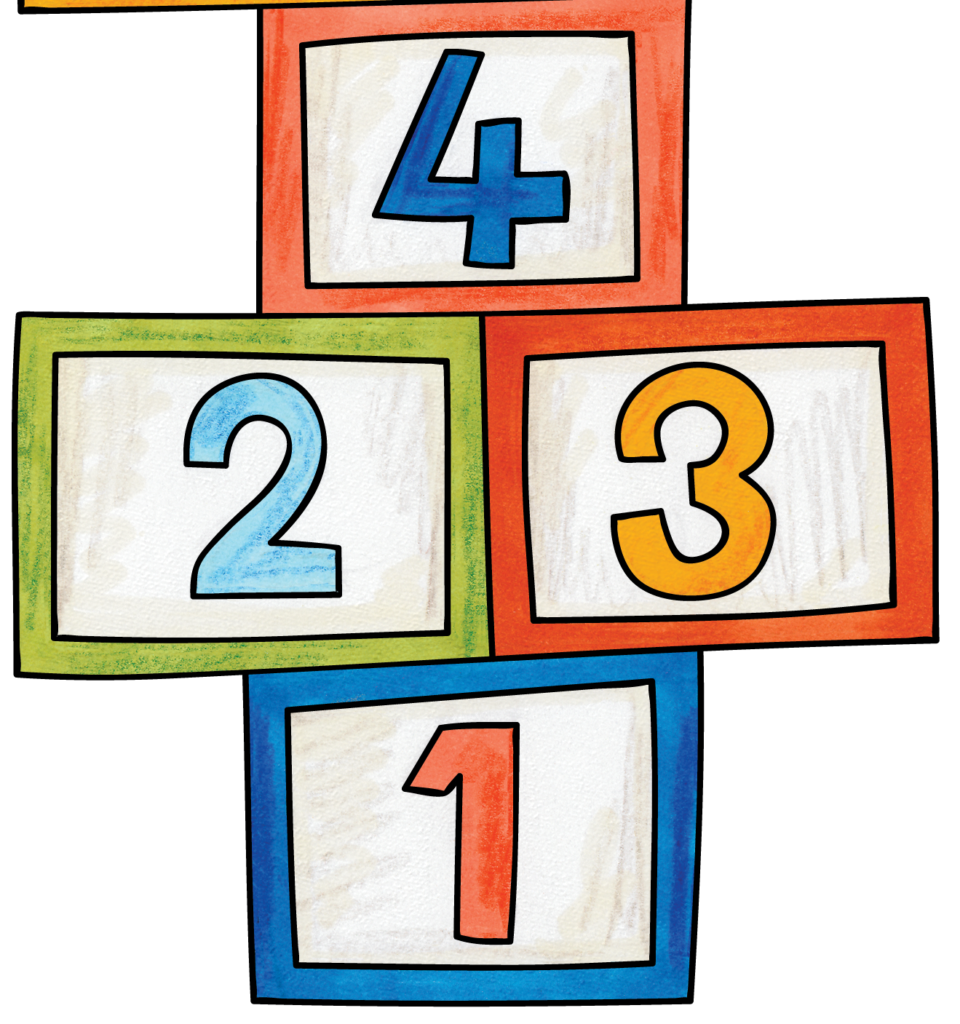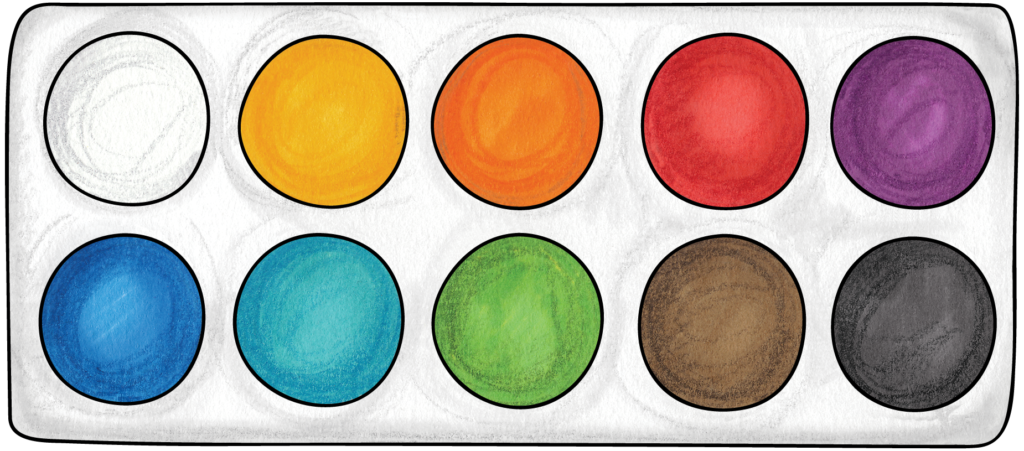Play Is Important- Make time for it!

Defining Play
Let’s first discuss what play is and then the importance of it in early childhood development. Play is an intrinsically motivated activity. An activity you choose for yourself that brings you joy and satisfaction. To be in a true state of play there are no outside expectations, responsibilities, or motivators. You are free to do as you wish, hence the term “free play”. Other activities are often lumped in with “play” but they can be better classified as “playful activities” as opposed to “free play”. These might be directed by an adult or have structured rules and expectations. Play is important because it is the natural way children make sense of the world and how they best learn new information and skills. A few types of play you might see in early childhood are :
Physical Play- Children develop their gross and fine motor skills while moving their bodies in physical play. Indoor and outdoor play can both fit the physical play category with games and activities that include running, jumping, and climbing. Simon Says, Duck-Duck-Goose, obstacle courses, tag, and exploration based free play are a few examples that can be included. With consistent incorporation of physical play, a foundation for an active and healthy lifestyle is being set, while simultaneously ensuring they are able to release their natural youthful energy.
Constructive Play- Fostering creativity in early childhood education is about showing children the possibilities of their thinking, imagination, and creative problem solving. Constructive play plays an important roll in fostering this creativity in children by allowing them to experiment and change their environment in a variety of ways including building with materials (blocks, toys, sand, loose parts, etc.), coloring the sidewalk with chalk, and designing indoor or outdoor forts to name a few ideas.
Fantasy Play- Children begin to develop fantasy play at a early age. Think about when children pretend to take a drink from an empty cup, or pretend to take a bite from an imaginary spoon while playing. Those are some of the earliest examples of fantasy play we typically see. This type of play is another way children tap into and develop their creativity and imagination. Cardboard boxes are a childhood favorite because of fantasy play. It can be a whole house, a bed, a car, or even a boat! Fantasy play might be a solo venture but more often than not its also social play.
Social Play- In social play experiences, children are interacting with one another in parallel and collaborative play activities. They are learning how they like to be treated, how other want to be treated, and how to navigate cooperating together. Sharing, disagreements and compromise are 3 important elements children learn about through their social play.
Play with Rules- Games with rules typically have an intended goal or desired outcome that participants try and accomplish. These games support the development of self-regulation, focus and cooperation within the children playing. Board games, card games, chase/tag, and even child-made games with disjointed logic are all examples of how children play with rules. A version of play with rules can also present during social/fantasy play when children try and structure their play where others will participate the way they want them to and say things like “you have to do it this way”.
Benefits of Play
Children develop cognitive, social-emotional, physical and literacy skills during play, all the while being joyful. The combination of an enjoyable play experience, combined with a child using and practicing things they have learned, leads to positively reinforcing their learning. The science behind the importance of play is that interacting with one’s environment is what creates neuron connections in the cortex after birth. Play establishes new neuron connections and therefore wires our brains to allow for lifelong learning!
At The Little Folk School
I believe ensuring children have substantial time each day to engage in free play is what is often termed “best practice” in education. I try and allow children to have autonomy over their free play but they are little, so interventions are often needed to ensure their safety and to support the development of their social and emotional skills. With these interventions, I try and offer the least amount of interference possible. I discuss this more in my blog post: Fostering Autonomy. There are other times that I intentionally join in the children’s play with the purpose of incorporating play-responsive teaching. I discuss this further is the blog post: Play-Responsive Teaching.
*Here are a few resources to explore if you are interested in learning more about the benefits of play in early childhood education.
“A Moving Child is a Learning Child” by Gill Connell and Cheryl McCarthy



